SERVIZI
Manni-Palumbo Bidimensional Empirical Mode Decomposition (MPBEMD)
It is a recent and innovative signal processing technique that allows to analyze non-stationary and non-linear two-dimensional data sets, decomposing a complex data set into a finite set of Intrinsic Mode Functions, also called IMFs.
What is it
MPBEMD is an innovative signal decomposition tecnique: it allows you to split a signal in fundamental modes, each with its own meaning, without loss information and in the time domain (bye bye Fourier!).
The decomposition method is based on the Empirical Mode Decomposition(1) (EMD) developed by Huang et al. (2006) and together with Hilbert Spectral Analysis (HSA) makes up the Hilbert-Huang Transform(2) (HHT).
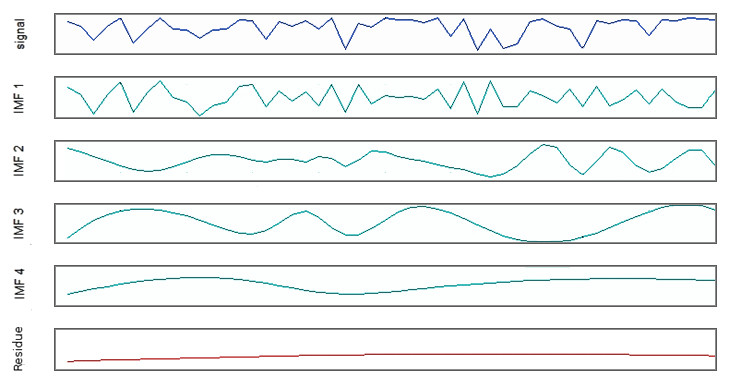
How does it work
Formally, MPBEMD is a signals decomposition technique that allows you to analyze not stationary and non-linear two-dimensional data sets, splitting a complex data set into a finite set of Intrinsic Mode Function, also called IMF.
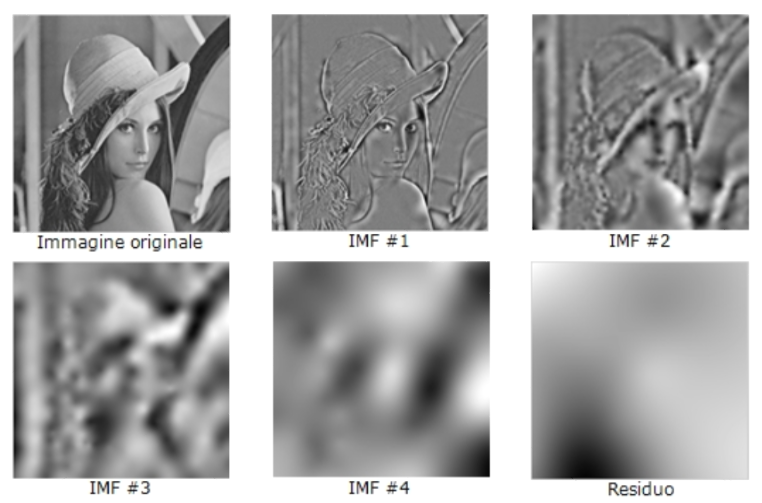
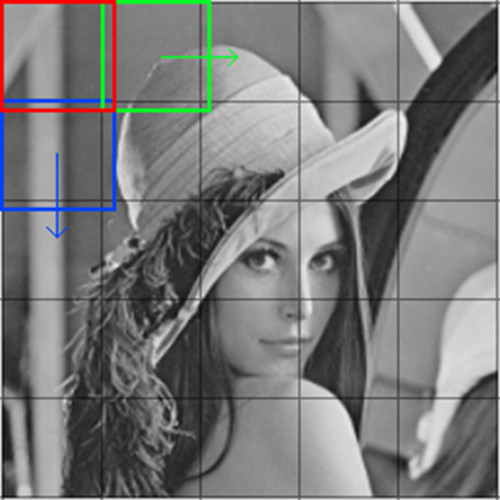
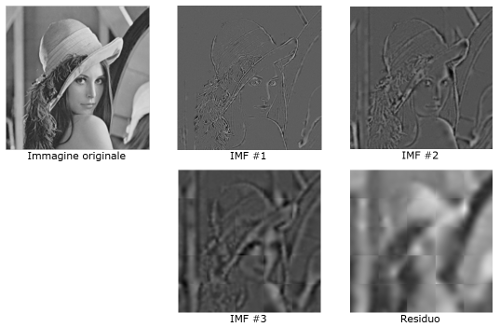
Intrinsic Mode Function
The IMF is a function that represents a single oscillation mode of the signal, ie a curve that contains a given information content into the original signal. It would be the counterpart of a simple harmonic function, but its definition is much more general. It can have variable frequency and amplitude in the time domain (it is a non-stationary signal).
The EMD allows to realize the function that identifies the IMF so these are spontaneously identified from the procedure; the MPBEMD can be parameterized to divide the signal into a specified number of IMFs, each one has a specific information content.
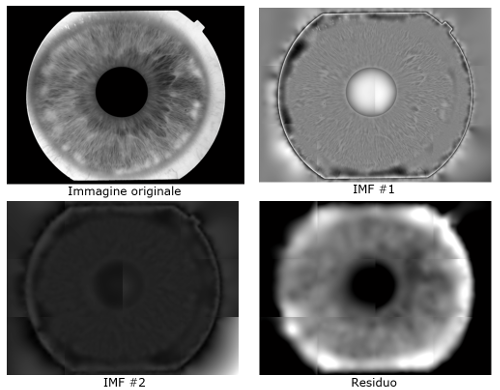

Benefits
The MPBEMD is an intuitive and direct technique, based on local characteristics of the data (so the same extraction process is data driven) and can be extended to non-linear and stationary processes. At the end of the elaboration, you obtain a set of curves (IMFs) that allows you an intuitive analysis of the time-frequency signal characteristics.Use
This technique can be used in many types of computer vision systems because it analyze images quickly. In fact, the MPBEMD has been successfully used in the following fields:
- biometric identification and recognition;
- lossless compression;
- pattern recognition;
- feature extraction;
- defects identification.
Improvements
Compared to EMD, MPBEMD makes the following improvements:
- it uses a matrix that corrects some inaccuracies calculation that plague the EMD;
- it gives a residue as flat as possible
it introduces an algorithm for the variation of the conditions of deduction of two-dimensional IMF (the stopping criteria) in order to refine and customize the extraction; - it uses the blockiness of images of considerable size to reduce the computation time;
- it uses an overlapping with a fixed window width;
- it makes a unidirectional raster scan.
[1] Huang N.E. et al. : The empirical mode decomposition and the Hilbert spectrum for nonlinear non-stationary time series analysis, Proc. R. Soc. London Ser. A 454, pp. 903–995, (1998).
[2] Kizhner S., Flatley T. P., Huang N.E., Blank K., Conwell E., On the Hilbert-Huang Transform Data Processing System Development, NASA (Goddard Space Flight Center), Greenbelt Road, Greenbelt MD, 20771 301 -286-7029 Darrell Smith, Orbital Sciences Corporation
Find out about other services that we use for our intelligent systems
Our devices can be used in any type of industrial process, from the field to the finished product.




